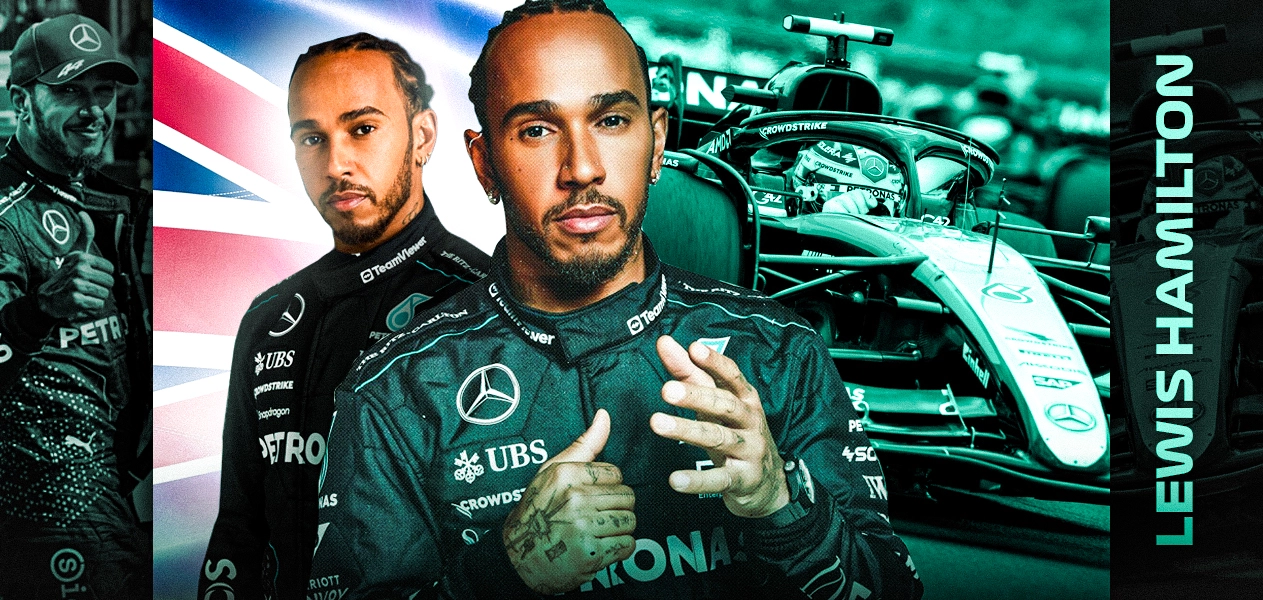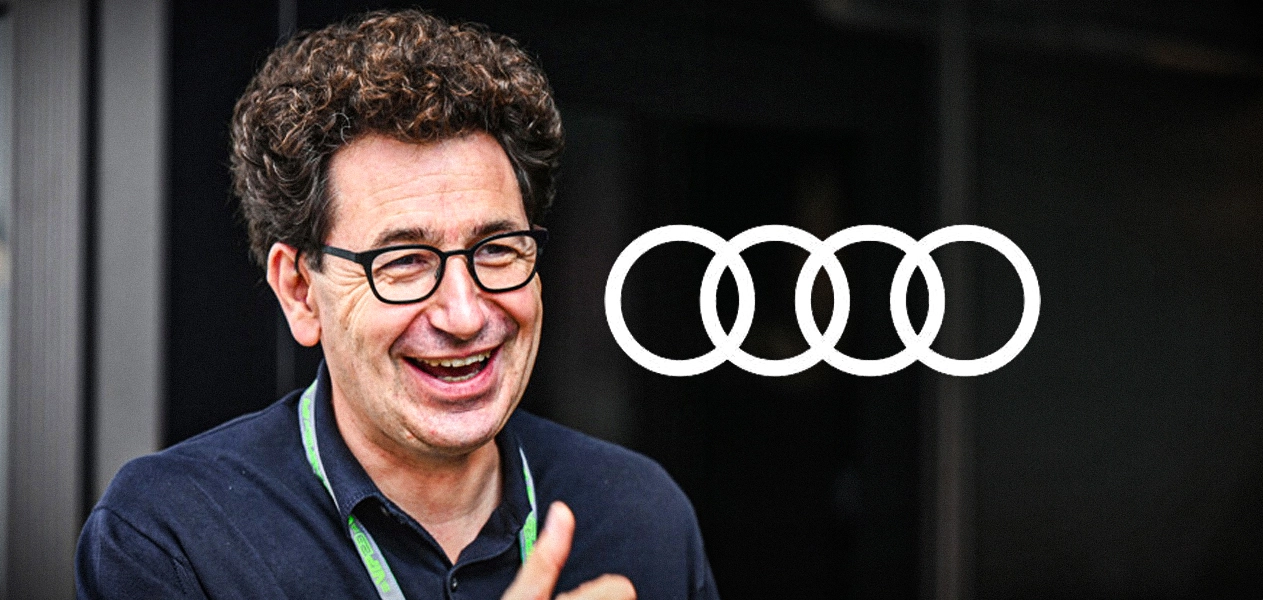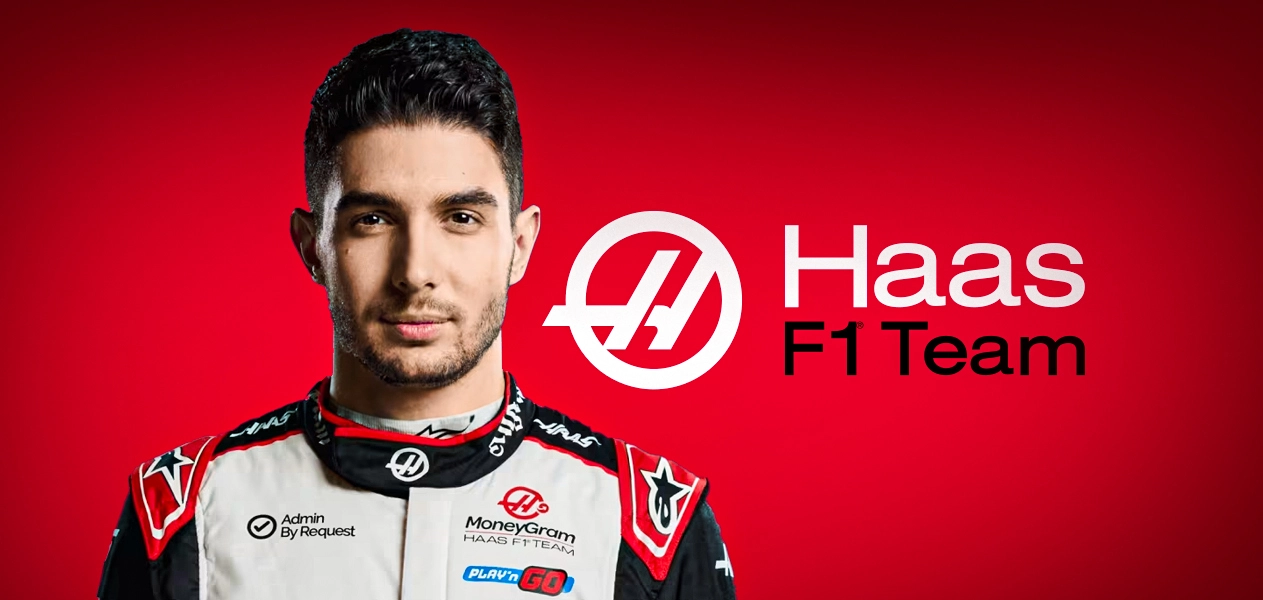A Formula 1 Grand Prix is generally a three-day event. The weekend kicks-off with circuit walk and media madness on Thursday, which is a precursor to the Grand Prix. Then comes Day 1, with two sessions of free practice, 90 minutes each. On Day 2, you have the third free practice session which is 60 minutes long, followed by a qualifying session. The race takes place on day 3 and is typically 2 hours long.
Over four days, the F1 drivers are put under the media scrutiny, with their every move recorded, broadcasted and commented upon. There are multiple interviews every day, fan interactions and sponsor commitments. All these are over and above the rigours of ensuring the car is set up and ready for the race.
In part 1 of this article, you read about the media duties and the format of the three free practice sessions. These FP sessions are crucial to help the drivers get their cars ready for both the upcoming qualifying session and the Grand Prix.
Qualifying:
Saturday begins with another 60 minutes of free practice. This session is mostly split into thirty minutes of car evolution and thirty minutes of car preparation for the qualifying session. The set up of the car used for qualifying and the race can be extremely different. With less fuel load, more focus on the use of soft tyres, cars are set up to maximize their one-lap speed.
Drivers also don’t need to worry about electrical power conservation as the aim is to give their best over one lap. Thus, the lap times set during qualifying are almost always 10-15% faster than the fastest lap times during the Grand Prix.
After the 60 minute FP3 on Saturday, there is typically a two-hour break before the qualified. This session decides the order for the race on Sunday. More often than not, where you qualify largely decides where you will finish on Sunday. Thus, this is the second-most important session of the weekend. The qualifying session is set up as an elimination round, split into three halves.
In each round, drivers try and set their fastest lap times. They usually get two to three opportunities to set and improve on their times. At the end of the first round, which is eighteen minutes long, the drivers in the bottom five are eliminated. Thus, only fifteen drivers progress into round two, which follows the same format as round one. Five more drivers are eliminated after a fifteen minute round two.
One key point to remember about round two is that the tyre compound used to set the fastest lap in Q2 because the default starting rubber for the race. This complication adds another twist to the strategies drivers adopt for the race. Q3 is twelve minutes long and decides the final position of the grid for the race.
At the end of the qualifying session, the grid positions of the drivers, barring any late penalties for changing internal parts of the car, is set. Along with this, the starting tyre choice for the top 10 is also set. Drivers from 11th till 20th get a free tyre choice and can use this freedom to rejig their race strategy to gain an edge over the drivers ahead.
Race-day:
Sunday is the spectacle all F1 fans wait for. Thirty minutes before the race starts, the pit lane is opened. Drivers can leverage this opportunity to drive around the track, feel the rubber and get tuned into the twists and turns of the track. Drivers are given fifteen minutes to do is, with the pit lane-closing fifteen minutes from the race.
For the next fourteen minutes, the car is parked on the starting grid. Only team mechanics and drivers have access to their cars. They can work on the car and tyres to ensure the car is in the perfect condition come to the race. A minute is provided to clear the track and the drivers commence the formation lap.
This is also known as a parade lap, giving the cameras and fans clear access to the cars. After the formation laps, the car is stationary for fifteen seconds after which the lights go out and the race commences. The number of laps at each circuit depends on the length of the circuit and the time it takes to finish one lap. On average, an F1 race is a two-hour event.
Drivers use their race-craft and bravery on the brakes to overtake their opponents during the race. If a driver encounters an opponent who is already a lap behind them, then that opponent has to let the driver pass by without impeding them. Throughout the race, drivers are allowed to come into the pitstop to change their tyres or any of the car outer car parts, in case of damage.
Drivers are obligated to use at least two different compounds out of the three provided to them during the race. If there is an incident or a crash during the race which requires the circuit to be cleaned or repaired, then a safety car can be deployed. All drivers need to follow the safety car and overtaking is prohibited as long as the safety car is out.
Sometimes, in cases of extreme incidents or structural damage to the barriers, the race is red-flagged. In this scenario, all drivers must go into the pit lane and stop the car. Usually, a ten-minute warning is given to the driver before the race begins again from the starting grid in the same order before the red flag. In the end, the winner of the race is the driver who first crosses the finish line after completing the designated number of laps.
The drivers who finish in the top 10 earn points. At the end of the season, the driver with the maximum number of points wins the Drivers title while the constructor with the maximum number of points (sum of points scored by their two drivers) wins the constructors title. Typically, an F1 season consists of 21 races. Thanks to the unprecedented situations due to Covid, 2020 season had only 17 races.
To compensate, the 2021 F1 season is all set to have a record-setting 23 Grand Prix. With Lewis Hamilton, Max Verstappen, Sebastian Vettel, Daniel Ricciardo and a returning Fernando Alonso all confirmed, 2021 F1 season is set to be one of the most enthralling and competitive seasons in a long time.






Leave a Reply